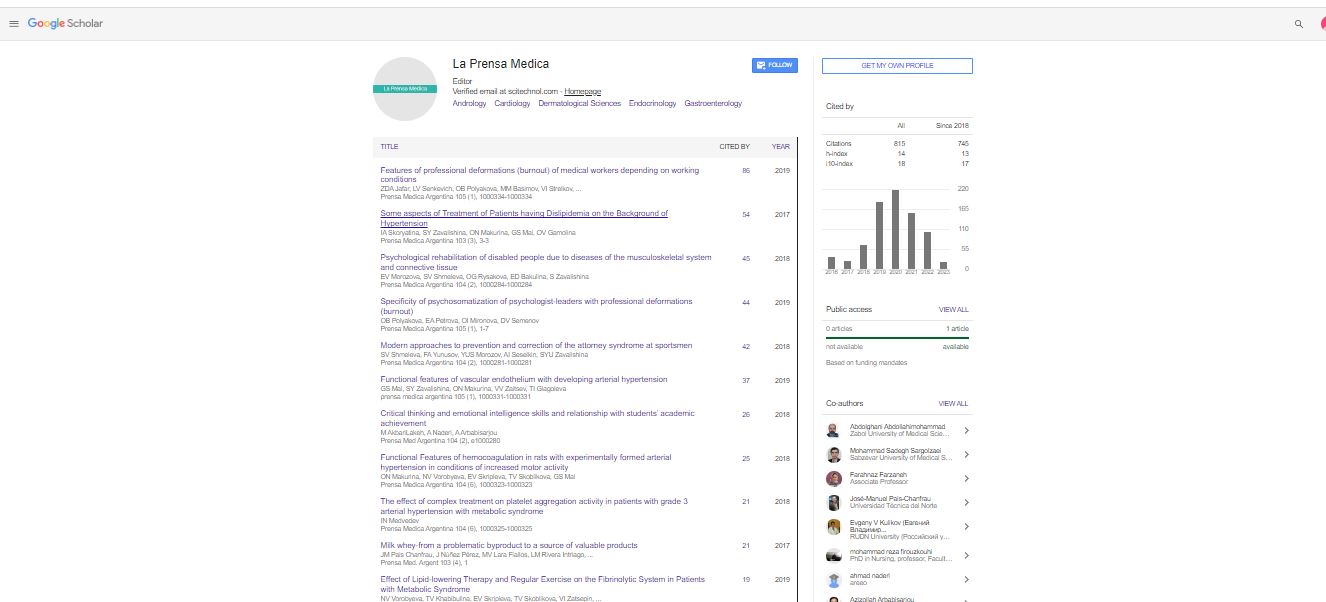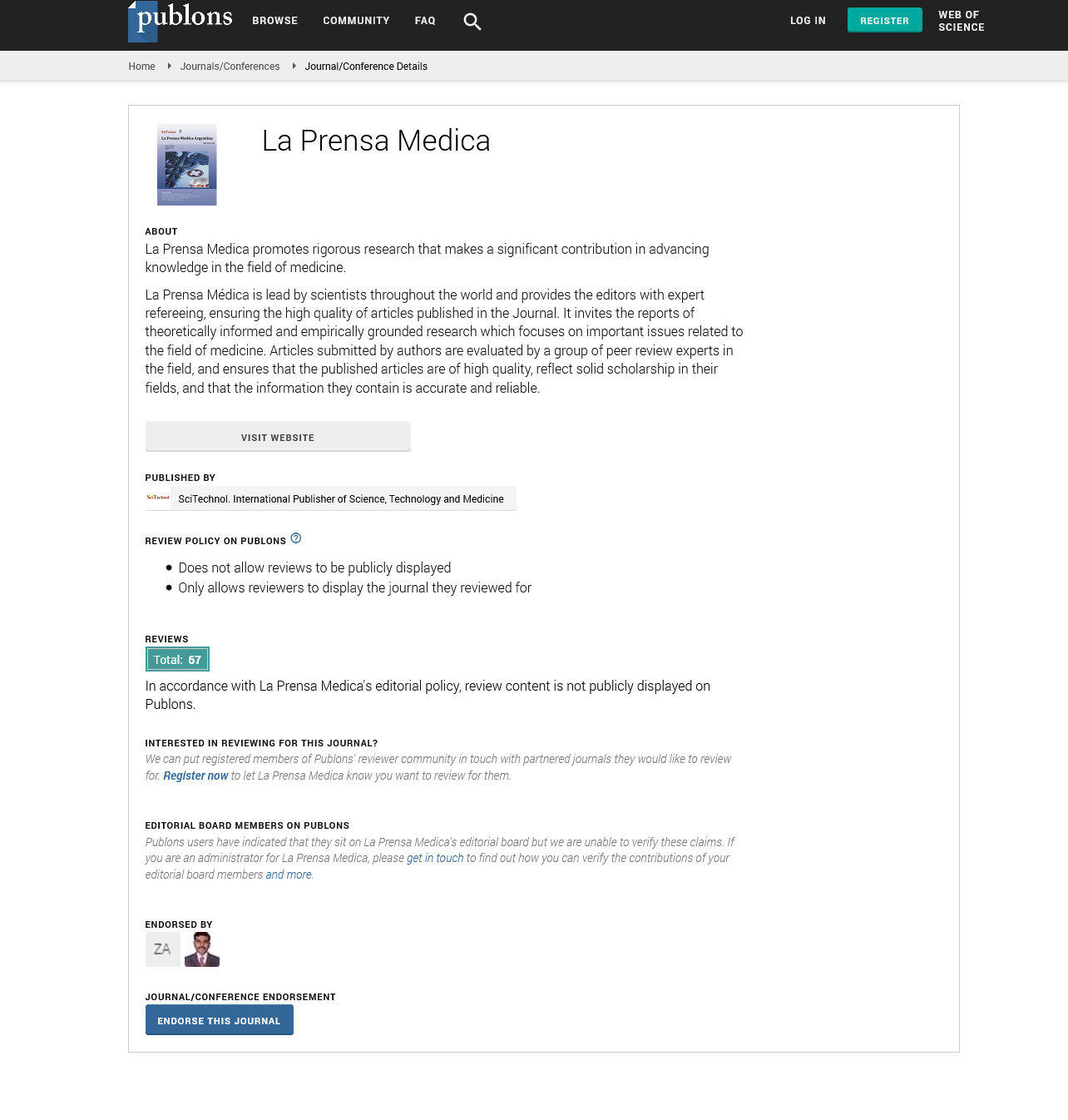Research Article, Prensa Med Argent Vol: 104 Issue: 2
Modern View on Physical Rehabilitation with Ankle Injury
Abstract
Often there are injuries to the ankle, which require a competent rehabilitation to fully restore their functions. The existing methods of rehabilitation are diverse and require an assessment of their effectiveness.
Objective: To identify the main components of physical rehabilitation for ankle injury.
Methods: In the work methods of description, analysis and synthesis are applied.
Results: The success of this rehabilitation is possible with the simultaneous use of therapeutic physical training, therapeutic massage, physiotherapy and choreography. The therapeutic physical culture allows restoring movements in the ankle joint, reduces swelling of the injured leg, prevents the development of traumatic flat feet, deformities of the foot and curving of the fingers, and restores the functions of the damaged limb and the movement skill. Apply it begin already at the stationary stage, gradually increasing the number of exercises and the number of their repetitions. This ensures a successful increase in the volume of movements in the injured limb. Massage helps accelerate recovery processes at the fracture site and eliminate movement restrictions. Massage should be started 3-5 days after the fracture, gradually increasing its duration and the number of lesions. Its use is acceptable in almost all patients. Good results are shown by the use of physiotherapy, especially by physiotherapy. A wide combination of massage and physiotherapy is acceptable. The restoration of ankle joint functions is well influenced by the combination of massage with mud therapy, apparatus physiotherapy and mechanotherapy. Choreographic elements are used to achieve the maximum possible recovery of lost function of ankle joints. They actively stimulate reparative processes in the damaged limb, increasing the efficiency of the rehabilitation process.
Conclusion: The methods of rehabilitation used in case of damage to the ankle are quite diverse. The decision to apply a particular method to a particular patient must be addressed individually.
 Spanish
Spanish  Chinese
Chinese  Russian
Russian  German
German  French
French  Japanese
Japanese  Portuguese
Portuguese  Hindi
Hindi 

